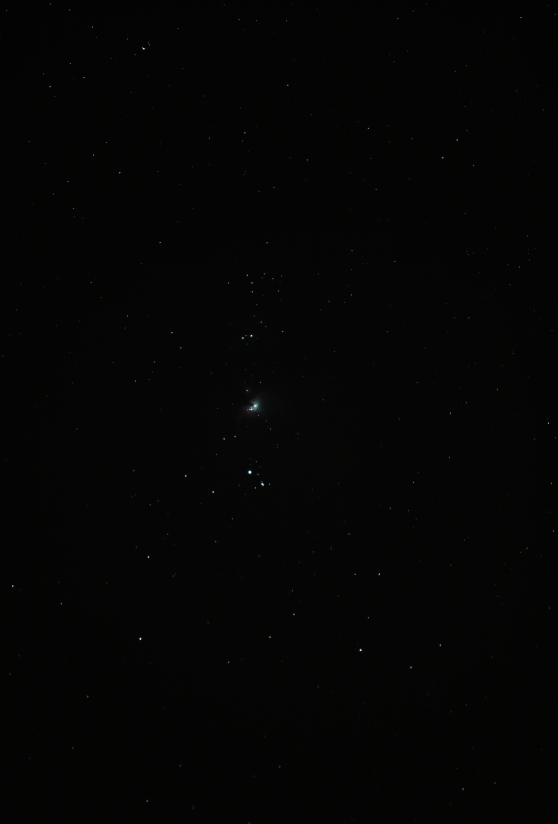Tobias:
Regarding drizzling, as far as I can tell Siril has no proper Drizzling implementation, so you would have to use your Seestar sessions at native sampling rate. Maybe someone else has more Siril experience to share.
Of course it can:=commandnameregister

[url=reference external=https://siril.readthedocs.io/en/latest/genindex.html]

[/url]=highlight-text notranslate=highlight
register sequencename [-2pass] [-noout] [-drizzle] [-prefix=] [-minpairs=] [-transf=] [-layer=] [-maxstars=] [-nostarlist] [-interp=] [-noclamp] [-selected]
=lineFinds and optionally performs geometric transforms on images of the sequence given in argument so that they may be superimposed on the reference image. Using stars for registration, this algorithm only works with deep sky images. Star detection options can be changed using
SETFINDSTAR or the
Dynamic PSF dialog. The detection is done on the green layer for colour images, unless specified by the
-layer= option with an argument ranging from 0 to 2 for red to blue.=line =lineThe
-2pass and
-noout options will only compute the transforms but not generate the transformed images,
-2pass adds a preliminary pass to the algorithm to find a good reference image before computing the transforms, based on image quality and framing. To generate transformed images after this pass, use SEQAPPLYREG.
-nostarlist disables saving the star lists to disk.=line =lineThe option
-transf= specifies the use of either
shift,
similarity,
affine or
homography (default) transformations respectively.=lineThe option
-drizzle activates the sub-pixel stacking by up-scaling by 2 the generated images.=lineThe option
-minpairs= will specify the minimum number of star pairs a frame must have with the reference frame, otherwise the frame will be dropped and excluded from the sequence.=lineThe option
-maxstars= will specify the maximum number of star to find within each frame (must be between 100 and 2000). With more stars, a more accurate registration can be computed, but will take more time to run.=line =lineThe pixel interpolation method can be specified with the
-interp= argument followed by one of the methods in the list
no[ne],
ne[arest],
cu[bic],
la[nczos4],
li[near],
ar[ea]}. If
none is passed, the transformation is forced to shift and a pixel-wise shift is applied to each image without any interpolation.=lineClamping of the bicubic and lanczos4 interpolation methods is the default, to avoid artefacts, but can be disabled with the
-noclamp argument.





